How to Prevent and Manage Forest Diseases: Essential Best Practices
- February 11, 2025
- 0 comment
Forest ecosystems play a vital role in sustaining biodiversity, regulating the climate, and supplying essential resources for human livelihoods, such as timber, food, and medicine. However, these ecosystems face growing threats from forest diseases, which can result in severe ecological and economic repercussions, including the loss of species, disruption of ecosystem services, and financial burdens on industries reliant on forest resources.
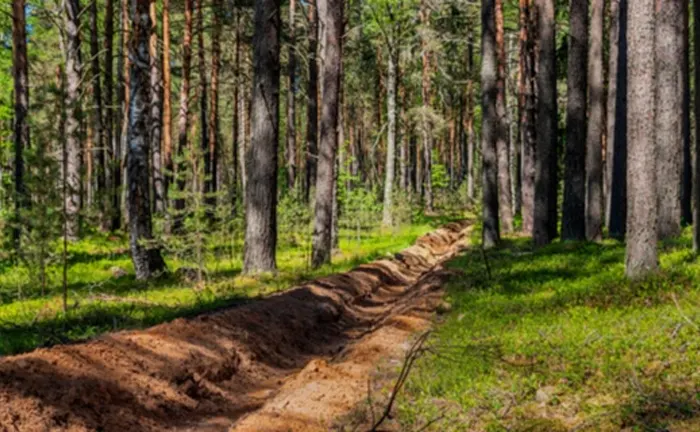
Addressing these challenges requires robust prevention and management strategies to preserve forest health and functionality. Drawing on the latest research and expert recommendations, this discussion delves into the most effective practices for mitigating and managing forest diseases, ensuring the long-term sustainability of these critical natural environments.
Understanding Forest Diseases
Forest diseases are caused by a variety of pathogens, including fungi, bacteria, viruses, and nematodes. These pathogens can infect trees, shrubs, and other forest plants, leading to symptoms such as leaf spots, cankers, dieback, and tree mortality. The spread of forest diseases is influenced by factors such as climate change, human activities, and the movement of infected plants or plant materials.
Common Forest Diseases
- Dutch Elm Disease: Caused by the fungus Ophiostoma ulmi and spread by elm bark beetles, this disease has devastated elm populations across North America and Europe.
- Sudden Oak Death: Caused by the pathogen Phytophthora ramorum, this disease affects oak and other tree species, causing significant dieback and mortality.
- Chestnut Blight: Caused by the fungus Cryphonectria parasitica, this disease has nearly wiped out the American chestnut, a once-dominant tree in eastern North American forests.
- Pine Wilt Disease: Caused by the nematode Bursaphelenchus xylophilus, this disease affects pine trees, leading to rapid decline and death.
1. Prevention Strategies
Prevention is the first line of defense against forest diseases. Implementing proactive measures can reduce the risk of disease introduction and spread.

Monitoring and Early Detection
Regular monitoring of forest health is crucial for early detection of diseases. This involves conducting surveys, inspecting trees for symptoms, and using remote sensing technologies to detect changes in forest conditions. Early detection allows for prompt action to contain and manage disease outbreaks.
Quarantine and Sanitation
Preventing the introduction of pathogens into new areas is essential. Quarantine measures, such as restricting the movement of potentially infected plants, soil, and wood products, can help. Sanitation practices, including removing and destroying infected plant material, reduce the sources of infection and prevent the spread of pathogens.
Resistant Varieties and Genetic Diversity
Planting disease-resistant tree species and promoting genetic diversity within forests can enhance resilience to diseases. Resistant varieties are less likely to succumb to infections, while genetic diversity reduces the risk of widespread disease outbreaks.
Integrated Pest Management (IPM)
IPM involves combining various strategies to manage forest diseases sustainably. This includes cultural practices, biological control, chemical treatments, and mechanical methods. IPM focuses on minimizing environmental impact while effectively controlling diseases.
2. Management Practices
When forest diseases are detected, effective management practices are necessary to contain and mitigate their impact.
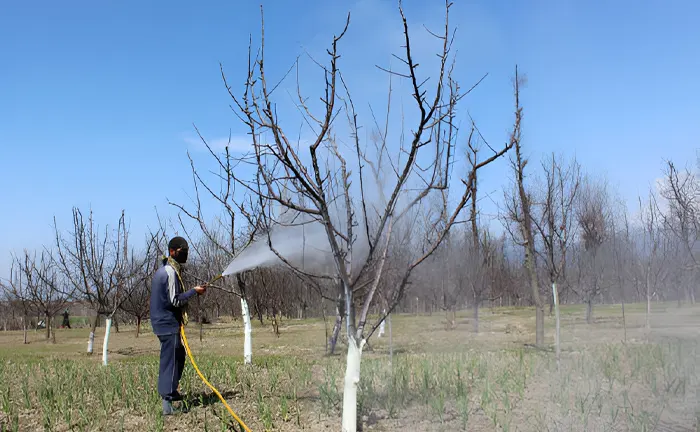
Eradication and Containment
Eradication involves completely eliminating the pathogen from an area, while containment aims to prevent its spread. Eradication is often challenging and costly, but containment strategies can effectively limit disease spread. This may involve creating buffer zones, removing infected trees, and applying chemical treatments.
Biological Control
Biological control involves using natural enemies of pathogens, such as predators, parasites, or antagonistic microorganisms, to reduce disease incidence. For example, certain fungi and bacteria can inhibit the growth of pathogenic fungi, providing a natural means of disease control.
Chemical Treatments
Chemical treatments, such as fungicides and bactericides, can be used to protect trees from infections. These treatments are typically used as a last resort due to their potential environmental impact. Careful application and adherence to regulations are essential to minimize negative effects.
Silvicultural Practices
Silvicultural practices, such as thinning, pruning, and controlled burning, can enhance forest health and reduce disease susceptibility. Thinning reduces tree density, improving airflow and reducing humidity, which can inhibit pathogen growth. Pruning removes infected branches, while controlled burning can eliminate pathogens in the forest floor.
Case Studies
Examining real-world examples can provide valuable insights into effective forest disease management.
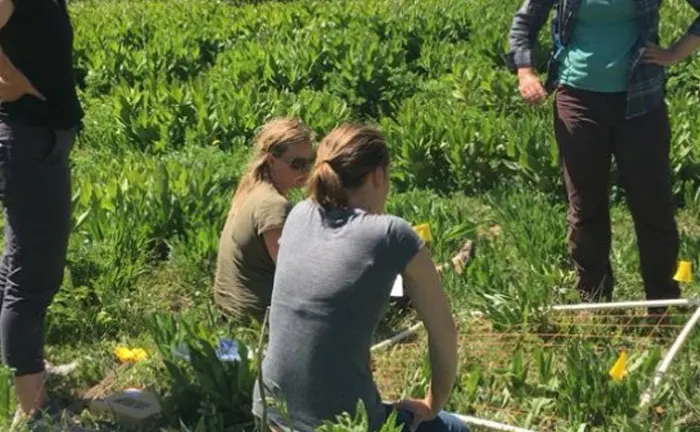
- Case Study 1: Dutch Elm Disease in North America: Efforts to combat Dutch Elm Disease in North America have involved a combination of monitoring, sanitation, and the use of resistant elm varieties. Community-based programs have played a crucial role in early detection and rapid response to outbreaks. The development and planting of disease-resistant elms have shown promise in restoring elm populations.
- Case Study 2: Sudden Oak Death in California: In California, managing Sudden Oak Death has required a multifaceted approach. Monitoring programs have been established to track the spread of the disease, and quarantine measures have been implemented to prevent its movement. Researchers are exploring biological control options, including the use of beneficial microorganisms to inhibit Phytophthora ramorum.
Challenges and Future Directions
Preventing and managing forest diseases is fraught with challenges. Climate change is altering the distribution and behavior of pathogens, making disease outbreaks more unpredictable. Global trade and travel increase the risk of introducing new pathogens to vulnerable forests. Limited funding and resources can hinder disease management efforts.
Research and Innovation
Continued research is essential to understanding forest diseases and developing effective management strategies. Advances in genomics, remote sensing, and data analytics are providing new tools for disease detection and management. Collaborative efforts between scientists, forest managers, policymakers, and communities are crucial to addressing the complex challenges posed by forest diseases.
References
- Agrios, G. N. (2005). Plant Pathology. Elsevier Academic Press.
- Brasier, C. M., & Webber, J. F. (2010). Sudden larch death. Nature, 466(7308), 824-825.
- Wingfield, M. J., Brockerhoff, E. G., Wingfield, B. D., & Slippers, B. (2015). Planted forest health: The need for a global strategy. Science, 349(6250), 832-836.
- Ploetz, R. C. (2016). Management of Fusarium wilt of banana: A review with special reference to tropical race 4. Crop Protection, 73, 7-15.
- Kuhlman, E. G. (1978). The devastation of American chestnut by blight. Arnoldia, 38(4), 34-45.
Community Engagement and Education
Engaging local communities in forest disease prevention and management is vital. Public awareness campaigns can educate people about the importance of healthy forests and how they can help prevent disease spread. Citizen science programs, where volunteers participate in monitoring and reporting disease symptoms, can enhance early detection and response efforts.
Final Conclusion
Preventing and managing forest diseases requires a comprehensive and integrated approach. Monitoring, quarantine measures, genetic diversity, and integrated pest management are key strategies for disease prevention. Effective management practices, including eradication, biological control, chemical treatments, and silvicultural practices, are essential for containing and mitigating disease impacts. Collaborative efforts, research, and community engagement are critical to sustaining healthy forests in the face of growing disease threats. By implementing these best practices, we can protect our forests and ensure their continued ecological, economic, and social benefits.
Frequently Asked Questions (FAQs)
- What are the most common forest diseases, and how do they affect ecosystems?
Common forest diseases include Dutch Elm Disease, Sudden Oak Death, Chestnut Blight, and Pine Wilt Disease. These diseases affect ecosystems by causing tree mortality, altering species composition, reducing biodiversity, and disrupting ecosystem services such as carbon sequestration and water regulation. - How does climate change influence the spread of forest diseases?
Climate change can influence the spread of forest diseases by altering temperature and precipitation patterns, which can increase the susceptibility of trees to pathogens and expand the range of certain diseases. Warmer temperatures may also accelerate the life cycles of pathogens and their vectors. - What role do humans play in the spread of forest diseases?
Humans contribute to the spread of forest diseases through activities such as global trade, which can introduce non-native pathogens, and land-use changes that can weaken forests and make them more vulnerable to disease. Movement of infected plant materials and poor management practices can also exacerbate the spread. - What are the key strategies for preventing forest diseases?
Key prevention strategies include regular monitoring and early detection, quarantine measures, promoting genetic diversity by planting resistant tree varieties, and implementing integrated pest management (IPM) practices to sustainably manage forest health. - How can biological control methods help in managing forest diseases?
Biological control methods involve using natural enemies, such as predators, parasites, or antagonistic microorganisms, to reduce disease incidence. These methods can provide a sustainable and environmentally friendly alternative to chemical treatments by naturally suppressing pathogen populations. - What challenges do forest managers face in controlling forest diseases?
Forest managers face challenges such as limited funding and resources, the unpredictability of disease outbreaks due to climate change, and the complexity of managing diseases in diverse and interconnected forest ecosystems. Additionally, balancing disease control with environmental conservation can be difficult. - How can communities contribute to the prevention and management of forest diseases?
Communities can contribute by participating in citizen science programs that involve monitoring and reporting disease symptoms, adhering to quarantine regulations, and supporting local conservation efforts. Public education and awareness campaigns can also empower communities to take proactive measures in protecting forests. - What are some examples of successful forest disease management programs?
Successful programs include the development of disease-resistant tree varieties to combat Dutch Elm Disease and community-based monitoring initiatives in California to track and manage Sudden Oak Death. These programs demonstrate the importance of collaboration between scientists, forest managers, and local communities. - Why is genetic diversity important in preventing forest diseases?
Genetic diversity enhances the resilience of forests by reducing the likelihood of widespread disease outbreaks. Diverse genetic traits within tree populations can provide resistance to different pathogens, making it less likely for a single disease to decimate an entire forest. - What future research directions are needed to improve forest disease management?
Future research should focus on understanding the impacts of climate change on pathogen dynamics, developing new technologies for early detection and monitoring, and exploring innovative biological control methods. Collaborative efforts between researchers, policymakers, and practitioners will be essential to address emerging challenges in forest disease management.
We hope this guide offers valuable insights into the best practices for preventing and managing forest diseases, essential for maintaining healthy forest ecosystems. Have you implemented any of the strategies we discussed, or do you have additional tips for dealing with forest pathogens? Share your experiences and join the conversation below. Your expertise could assist others in making informed decisions and influence future dialogues on forest health. Don’t forget to share this article with fellow conservationists and forestry professionals!

Benjamin Brooks
Forestry AuthorGreetings! I'm Benjamin Brooks, and my journey over the past 15 years has revolved around the fascinating realms of content creation, expertise in snow clearing, and the intricate world of lumberjacking and landscaping. What began as a simple curiosity about the natural world and heavy machinery has evolved into a passionate profession where my love for crafting words intertwines seamlessly with my lumberjacking and garden skills.




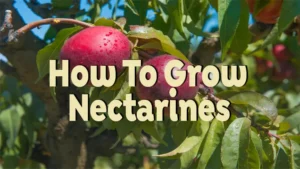




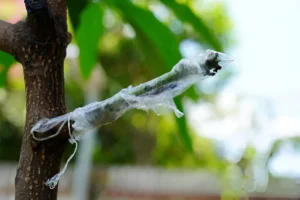



Leave your comment